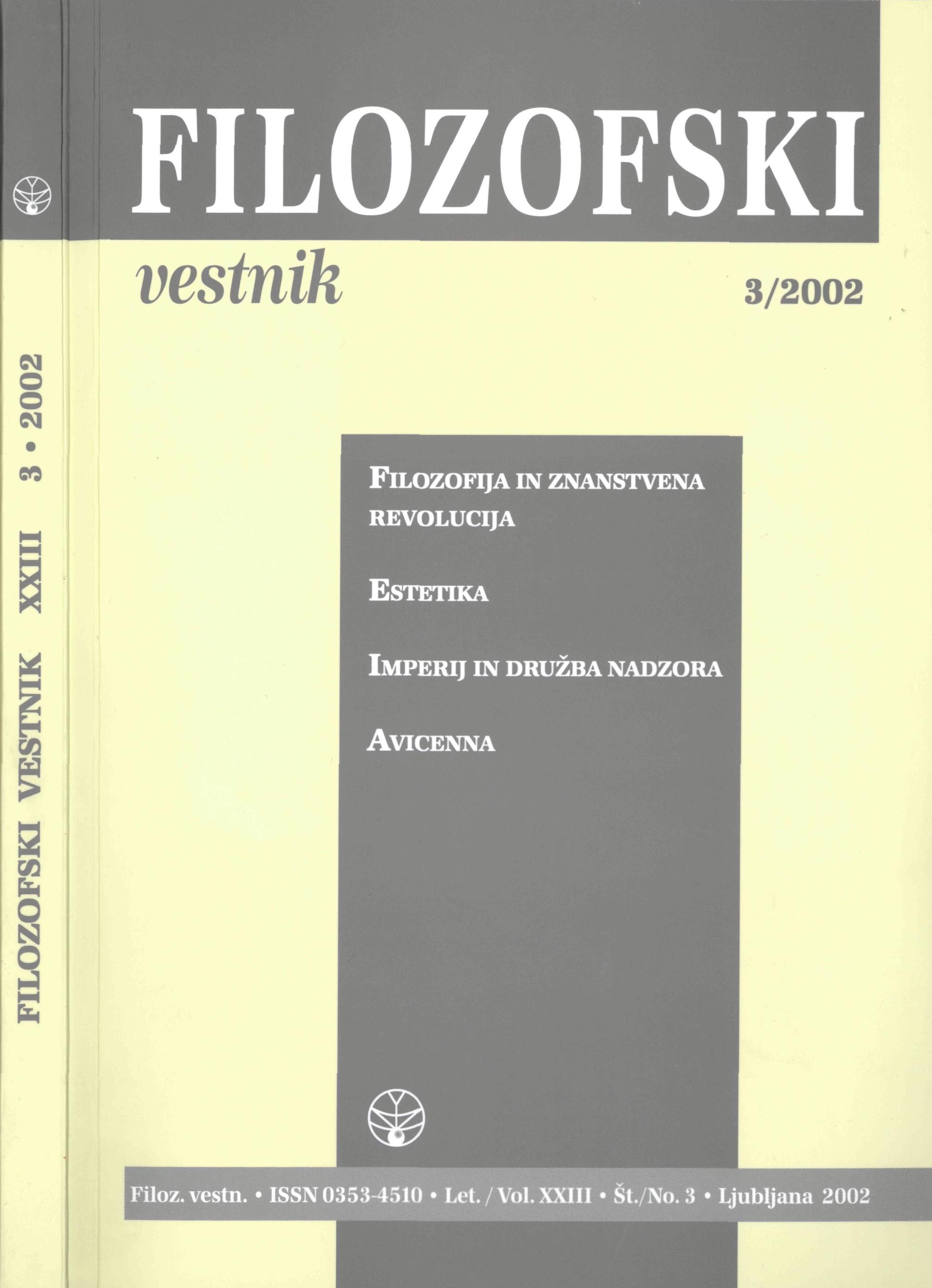Estetika kognitivnega kartiranja
Ključne besede:
estetika, filozofija kulture, kognitivno kartiranje, Fredric Jameson, Jean-François LyotardPovzetek
Kognitivno kartiranje je izraz, ki se nanaša na vrsto metod za raziskovanje miselnih reprezentacij. Te tehnike, utemeljene na teoriji osebnih konstruktov Georga Kellyja (1955), skušajo opisati miselne podobe, ki jih posamezniki uporabljajo pri obvladovanju znanja in informacij. V knjižnem delu Podoba mesta (1960) Kevin Lynch uporabi izraz »kognitivno kartiranje«, da bi z njim opisal konceptualne karte, ki jih ljudje razvijajo zato, da bi osmislili vedno bolj zapleteno urbano pokrajino, ki jo naseljujejo. Lynch je uporabil izraz v navezavi na miselne karte, ki jih prebivalci urbanih območij uporabljajo pri orientaciji v svoji okolici. Izhajajoč iz Lyncheve ideje kognitivnega kartiranja Fredric Jameson uporabi izraz v širšem smislu, da bi z njim opozoril na težave postmodernega subjekta pri dojemanju totalitete sistemov, v katere je umeščen. Kognitivne karte v tem smislu subjektu omogočajo situacijsko reprezentacijo širše in dejansko nepredstavljive totalitete kot celote družbenih struktur.Prenosi
Podatki o prenosih še niso na voljo.
Prenosi
Objavljeno
2016-01-11
Kako citirati
Ženko, E. (2016). Estetika kognitivnega kartiranja. Filozofski Vestnik, 23(3). Pridobljeno od https://ojs.zrc-sazu.si/filozofski-vestnik/article/view/3569
Številka
Rubrike
Estetika
Licenca
Avtorji jamčijo, da je delo njihova avtorska stvaritev, da v njem niso kršene avtorske pravice tretjih oseb ali kake druge pravice. V primeru zahtevkov tretjih oseb se avtorji zavezujejo, da bodo varovali interese založnika ter da bodo povrnili morebitno škodo.
Podrobneje v rubriki: Prispevki





